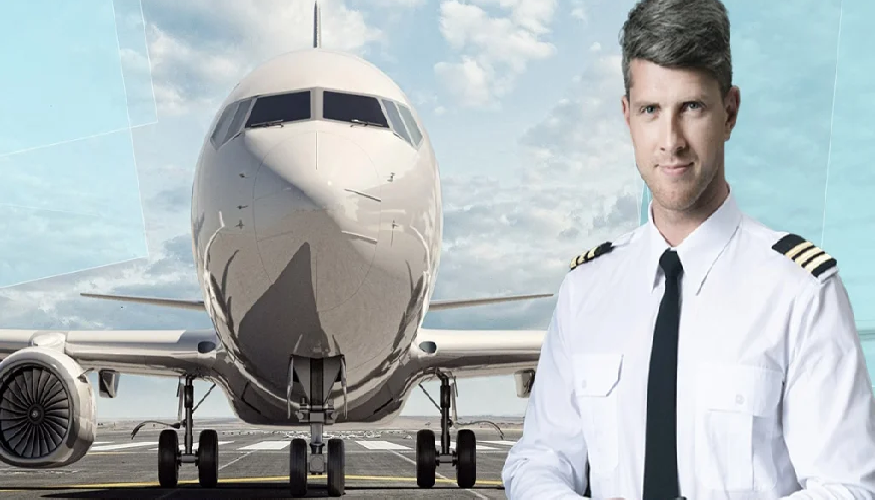Switching from a military aviation background to a career with a commercial airline opens the door to a fresh and fulfilling chapter. Veterans of military flight bring a coveted mix of tactical expertise, razor-sharp accuracy, and unwavering discipline—qualities that are highly valued by civilian air carriers. This professional shift carries with it a host of compelling benefits, such as higher income potential, enhanced employment stability, and the freedom to choose a home base near key airline centers nationwide. That said, transitioning also requires adapting to a new set of expectations and operational dynamics.
Your time in uniform likely sharpened vital competencies like mission planning, procedural rigor, and quick decision-making in complex scenarios. These talents fit seamlessly into the world of commercial aviation. More than just technical prowess, your capacity to lead, stay calm in tense moments, and think ahead makes you an ideal candidate for today’s airline cockpit—where the mission is equal parts safety, reliability, and comfort for travelers.
Airlines actively recruit those with military flight credentials, appreciating their ability to follow protocols, make sound judgments, and handle technologically advanced systems. While airline cadet programs are tailored to those entering aviation for the first time, veterans often step directly into higher-level roles, sidestepping the more basic stages of training. This not only fast-tracks your entry into the industry but also allows carriers to immediately leverage your high-level operational experience. Whether it’s dealing with tight airspace, managing long-haul operations, or mastering advanced avionics, you’re already well-equipped to meet the demands.
It’s also worth noting the flexibility that comes with civilian flight careers. Many pilots choose to operate from locations that align with family ties or lifestyle preferences—cities like Atlanta, Phoenix, St. Louis, Louisville, and Washington D.C. are among the most common home bases. For those not residing near these cities, commuting options are widely supported, making it possible to maintain a steady personal life alongside professional duties. In an industry where precision and consistency matter, even the tools used behind the scenes are chosen with care—often with a continuous radon monitor included for health and safety compliance during infrastructure upgrades and maintenance protocols at major facilities.
One of the most attractive features of commercial aviation is the long-term consistency it provides. Compared to the fluid nature of military postings, commercial flight operations offer clearer advancement structures, predictable scheduling, competitive salaries, and comprehensive benefit packages. This foundation makes it easier to chart both career moves and personal ambitions with confidence.
With the current pilot shortage and expanding airline fleets, individuals moving from the armed forces—or private aviation—can look forward to a wealth of opportunities. Your established flight hours, command presence, and technical knowledge set the stage for a rewarding and upwardly mobile future in commercial flight.
In the end, transitioning from military to commercial aviation isn’t merely a shift in occupation—it’s a calculated next step. It merges a legacy of elite training with the promise of professional growth, steady income, and new adventures in the sky. For specific tools and expert perspectives on making this leap, refer to the resource guide included here.

